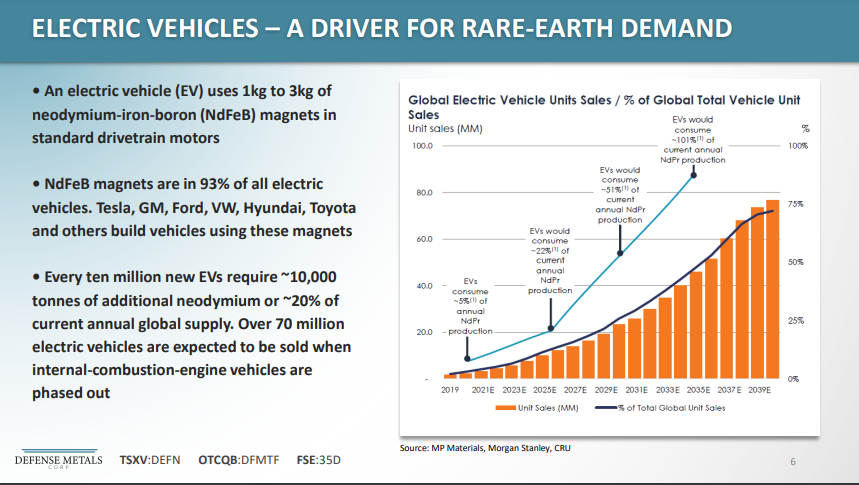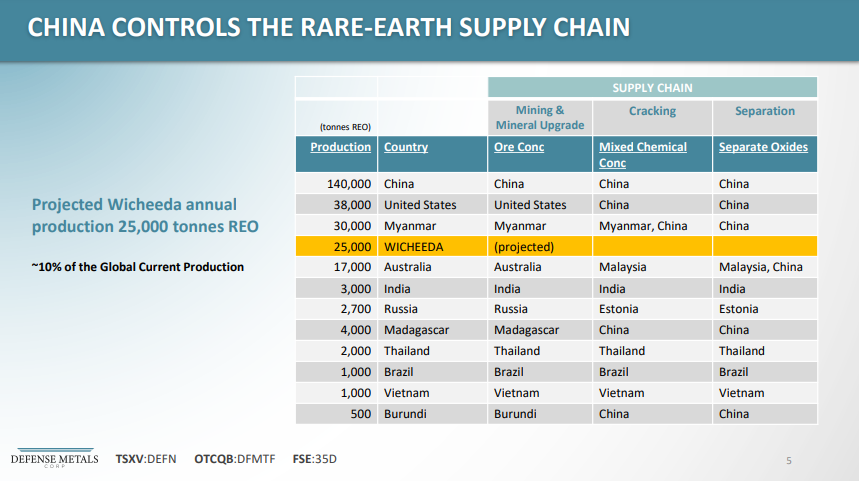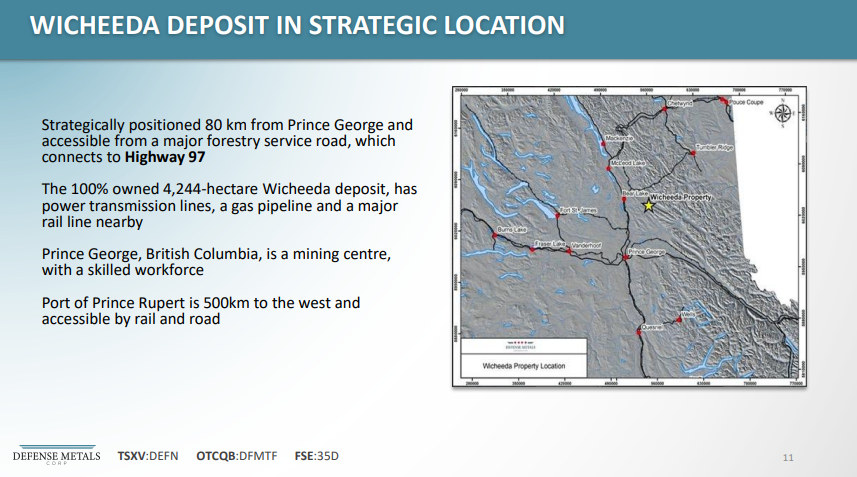Weathering the rare earth prices storm, all eyes are on Neo Performance
“Neo Performance Materials’ organization today is the closest that North America has yet come to a totally vertically integrated rare earth permanent magnet supplier. Now, the company has acquired and is moving to bring a significant rare earth deposit in Greenland into production. When that occurs, it will be the first company outside of China, ever, to be a totally vertically integrated manufacturer of rare earth permanent magnets. We should all be watching Neo Performance as if our (self-sufficient and secure) independent economic lives depend on it.” — Jack Lifton, Co-Chairman, Critical Minerals Institute
Neo Performance Materials Inc. (TSX: NEO) (“Neo”) produces specialty materials that incorporate specialty materials that are mostly rare earth based, but also include other technology metals, such as gallium and cobalt, all of which are necessary in its feature product, bonded rare earth permanent magnets. Neo is the only company in the world that operates dual supply chains inside and outside of China for rare earth elements (REE) separation and REE advanced materials. Neo owns the only operating commercial rare earth separation facility in Europe, located in Estonia. Neo operates globally with sales and production across 10 countries.
Neo’s advanced materials are essential components of many of the world’s fastest growing cleantech applications

Source: Neo company presentation
Neo’s growth plans and acquisitions
Neo continues to grow and expand its business and now has several projects in the pipeline.
These include the following:
- Growth of Neo’s existing operations – Magnequench (a global leader in bonded neodymium-iron-boron (NdFeB) magnetic powders and magnets), Chemicals and Oxides, and Rare Metals (gallium, indium, rhenium, tantalum, niobium, and hafnium).
- An EU Magnet Manufacturing Plant with ground breaking in June 2023 and planned production of sintered rare earth magnets in Estonia to begin in 2025.
- Controlling interest (90%) in newly acquired SG Technologies Group Limited (“SGTec“), one of Europe’s leading advanced, specialty manufacturers of rare-earth-based and other high-performance magnets.
- Various rare earths supply chain projects and agreements – Sarfartoq Project exploration license in Greenland, Yangibana Project in Australia (the owner Hastings Technology Metals Limited (ASX: HAS) is Neo’s largest shareholder so a supply arrangement looks highly probable, Koppamurra Project in Australia non-binding MOU for off-take of potentially 50% of the planned production of mixed rare earth carbonate, supply agreement with Energy Fuels Inc. (NYSE American: UUUU | TSX: EFR) (from USA) of mixed REE carbonate.
Q1 2023 Financials weaker due to weaker pricing dynamics
Some investors may have been disappointed that Neo’s Q1, 2023 financials were weaker than a year earlier. Consolidated revenue was US$135.5 million in Q1, 2023, compared to US$166.3 million for the same period in the prior year.
However, it needs to be factored in that the key magnet rare earths prices have fallen heavily over the past year (neodymium is down 50.21%).
Looking on the positive side Neo still has a very healthy balance sheet with cash and cash equivalents of US$145.7 million (as of March 31, 2023) and Neo generated positive net cash of US$12.2 million in Q1, 2023.
The fall in neodymium prices in the past year is fairly similar to the lithium price fall. Both had a huge run-up, then slower China EV sales in early 2023 sent prices crashing as manufacturers chose to wind down inventory and delay purchases until prices were back at low levels. All of this bodes well for some stabilization of prices now and potential to move higher from here if demand accelerated in H2, 2023.
Investors can listen to the Neo Q1, 2023 earnings call here. Neo’s President & CEO Constantine Karayannopoulos discusses the causes for lower magnet rare earths demand (China property slowdown, higher interest rates impacting negatively on wind farms, China EV sales slowdown) and the impact of lower rare earths pricing and the Company’s growth plans. He says “I believe we are nearing the end of that restabilisation” in rare earth prices. Meaning the rare earth price falls are near the end.
Neodymium 10 year price chart

Source: Trading Economics
Closing remarks
Neo has just weathered a challenging past few quarters caused mostly by rare earths price declines as China EV sales slowed and manufacturers reduced inventory. Despite this Neo finished Q1, 2023 in a very strong cash position and continues to make progress on their growth plans.
As the macro picture hopefully starts to improve in H2 2023, especially for China EV sales, Neo should once again be a winner of the macro trend of increased global use of the magnet rare earth products and the specialty rare metals, that are all needed to drive the cleantech revolution.
Neo Performance Materials trades on a market cap of C$377 million.



